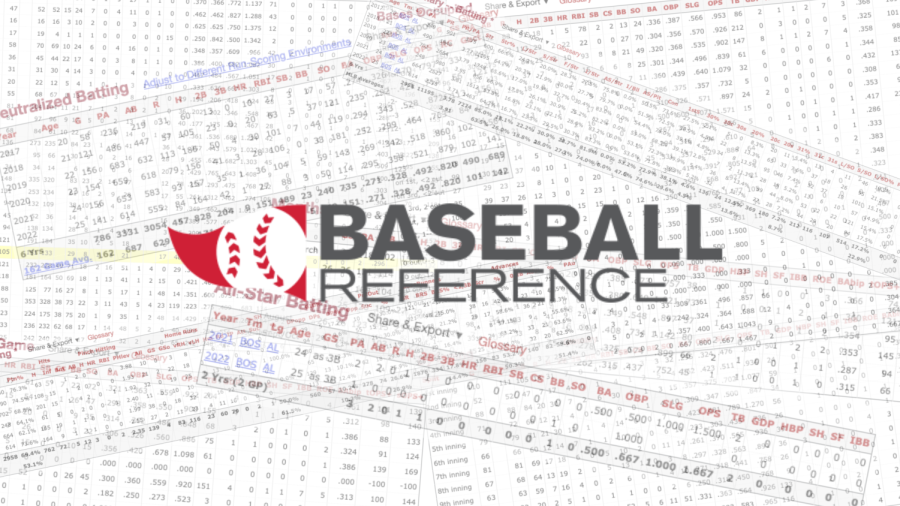Peanuts and Cracker Jack #6: Why Are Baseball Statistics Important?
Baseball Reference, a massive statistical encyclopedia, is the best tool for historical baseball analysis and statistical framing. It seems infinite, providing specific details for thousands of different remote statistics and circumstances. It allows statheads and historians to get a better sense of a player’s hitting and fielding ability, even as early as the 1900s.
March 16, 2023
There’s a website out there, a seemingly infinite database that contains billions of numbers and names, players and games. That site is called Baseball Reference.
Baseball Reference is considered the ultimate tool for statheads and sabermetricians. With just this one database, you can learn every statistical thing (within reason) about any player who ever participated in the game of baseball.
Let’s take the most random player we could ever think up. Don Hoak was a third baseman who played for the Brooklyn Dodgers, winning the World Series with them in 1955. Now, let’s look at some of Don’s stats in his championship season.
With Baseball Reference, we can know his on-base percentage (.350). We can know how many stolen bases he collected (nine). We can even know how many times Don laid down a sacrifice bunt in the 1955 season (six).
Along with ability in the historical aspect, Baseball Reference also provides even more extensive overviews of current players. With the introduction of Statcast and its predecessor, PitchFX, pitching and hitting statistics like exit velocity and rotations per minute have become more popular.
Baseball Reference is a bit like an encyclopedia, but if you tried to cram all of its information into a book, the book would be tens of thousands of pages long. The fact is that it’s a seemingly infinite database that contains infinite nuggets of information, and it does it for absolutely no cost to the user.
I’ve used Baseball Reference for this very series. In the fourth episode, it provided information for vs. opponent statistics, a remote piece of data that is difficult to find anywhere else.
Unfortunately, baseball is at a point where sabermetrics are being lost in the past. I can tell you confidently that most people don’t know what BABIP (batting average on balls in play) or DRS (defensive runs saved) are, but they are actually extremely important in reporting on basic player fielding and hitting.
But while mathematical measurement of success in the game is an effective way to measure player talent, there are two sides of statistics.
There are more elements to a player’s success than just how often they got on base. If you have a player who performs in the same manner as a limp sack of potatoes, but they’re a teambuilder in the dugout or they energize the fans during a game, they are still a valuable piece in that team. Statistics could never hope to quantify that.
There are also statistics based on subjective information. The best example of this is FPCT, or fielding percentage.
Fielding percentage, when unpacked, is quite simple. How many times was a fielder able to execute a successful putout versus how many times did they commit an error?
The screaming problem with fielding percentage is that errors are subjective. The scorekeeper of a game will decide whether a play was an error or a hit. This stat is based on opinion, which is the reason why DRS is so much more effective.
DRS uses Statcast technology to compare player fielding statistics to the rest of the league. Unlike fielding percentage, it factually rates fielding skill equally.
With new statistics, Baseball Reference is only getting better and better. With more innovative and informative analysis software, there will be more ways to mathematically track a player’s talents and successes.
But no technology or Statcast descendant could ever capture every aspect of a player’s profile. It can never count their positivity in the dugout or their persistence on the field.



























![In a recent surge of antisemitism nationally, many have pointed towards social media and pop culture as a source of hate. “Many far-right people have gone on [X] and started just blasting all their beliefs, Sophomore Scott Weiner said.](https://unionstreetjournal.com/wp-content/uploads/2023/10/antisemitism-popculture-2-1200x675.jpg)









